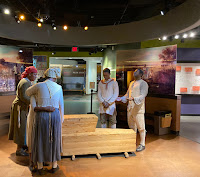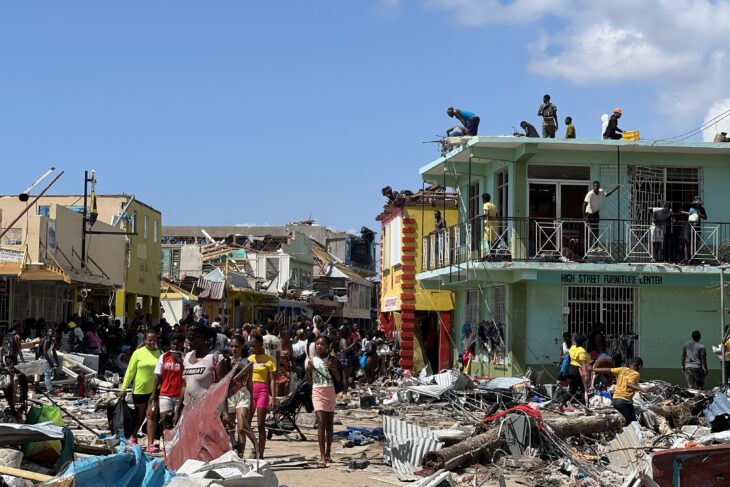By Joan Williams
According to Wikipedia, “New York City is the cultural, financial, and media capital of the world, significantly influencing commerce, entertainment, research, technology, education, politics, tourism, dining, art, fashion, and sports, and is the most photographed city in the world.”

It goes on to describe the founding and evolution of that great city, but nowhere does it mention the blood shed by those brought over during the trans-Atlantic slave trade to develop that “capital of the world.”
.jpg)
Like many people of colour from all over the world, I have visited that great city many times, but it was only recently that I accidentally discovered it’s most closely guarded secret.
Though late, the contribution made by African slaves are now revealed at The African burial ground located at 290 Broadway in Lower Manhattan; an area full of large, ostentatious federal buildings.
According to the educational video in the museum, in 1991 construction began on a 34-storey federal office tower at 290 Broadway when intact human skeletal remains were located 30 feet below street level.
That’s when the largest and most important archaeological discovery was made: the “Negroes Burial Ground” — a six-acre burial ground containing upwards of 15,000 intact skeletal remains of enslaved and free Africans who lived and worked in colonial New York.


This Burial Ground dates from the middle 1630s to 1795.

A brief history reveals that the first enslaved Africans arrived in New Amsterdam in 1625, as forced labourers for the Dutch West India Company.
Throughout the 17th and 18th centuries, Africans were an important part of the city’s population, reaching a peak of over 20 per cent at the middle of the 18th century.
After the discovery of the skeletal remains, between 1991 and 2003, an analysis of the human remains was conducted at Howard University.
In February 2006, by order of President George W. Bush, the African Burial Ground was proclaimed a national monument.
On October 5, 2007 the monument became the first National Monument dedicated to Africans of early New York and Americans of African descent.
It is now an enduring testament to the history, financial and physical contributions of African people to the development of the great city of New York.

In my book though, it still remains a well-kept secret.
Pics at the African Burial Ground and some of the ostentatious surrounding buildings.











